.jpg)
What is Ptosis?
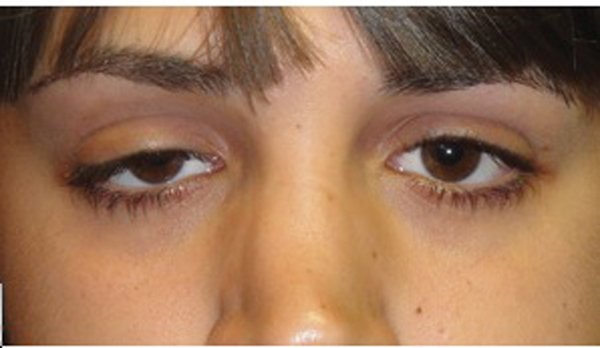
Causes and Risk Factors of Ptosis:
Ptosis is typically the cause of aging, but there are also many underlying health conditions and concerns that can cause it, such as:

Symptoms of Ptosis:

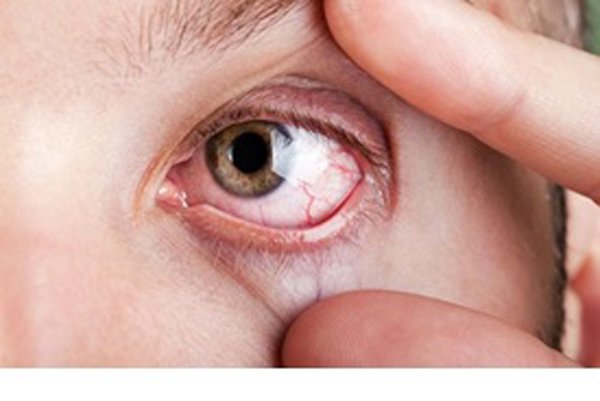

Here are some symptoms to consider that may help you prevent or treat your drooping eyelid:
Types of Ptosis:
1. Neurogenic Ptosis:
This type of ptosis occurs when the neural pathways that control the movement of eyelids get affected. Several underlying causes can cause this, including myasthenia gravis, Horner syndrome and third nerve palsy.
2. Aponeurotic Ptosis:

Aponeurotic ptosis is the standard type that develops because of aging. In this case, the levator muscle gets too overstretched, making it hard to return to its original form. Excessive use of contact lenses and frequent rubbing of the eyes may be the cause.
3. Myogenic Ptosis:
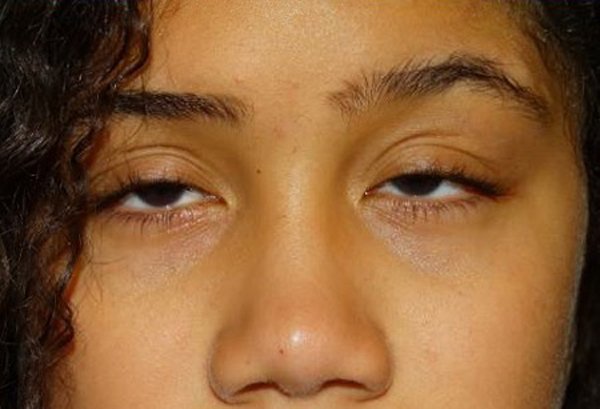
In this type, the muscles begin to weaken, which can occur because of systemic disorders like muscular dystrophy. The weakened muscles include the levator muscle, which triggers the drooping of the eyelid.
4.Traumatic Ptosis:
An injury or trauma to the eye or eyelid can also cause ptosis. When playing sports, taking care of the eyes with proper eye protection is essential. Such sports as racquetball and hockey need eye guards.
5. Mechanical Ptosis:
If the eyelid gets weighed down by any excess skin or mass, mechanical ptosis can occur. Mechanical ptosis means the drooping of the eyelids is gravity-related because the eyelids are so heavy. Also, trauma to the eyeball can cause this as well.
6. Congenital Ptosis:

This type of ptosis consists of a child being born with droopy eyelids. Drooping eyelids happen because the levator muscle fails to develop correctly in the womb during pregnancy. Ensure the child has good vision, then the doctor recommends surgery. If not treated, it can cause poor permanent vision, and a condition called lazy eye. Children who have congenital ptosis should undergo a regular examination from an eye specialist every year. As the child begins to grow, the shape and size of the eye also change and can worsen with time.
How is droopy eyelid diagnosed?
1. physical exam:

Your doctor will likely perform a physical exam and ask you about your medical history. Once you’ve explained how often your eyelids droop and the length of time this has been happening, your doctor will run some tests to find the cause.
2. slit lamp exam:
1.jpg)
They may perform a slit lamp exam so that your doctor can take a close look at your eye with the help of high-intensity light. Your eyes may be dilated for this exam, so you may experience some slight eye discomfort.
3. Tensilon test:
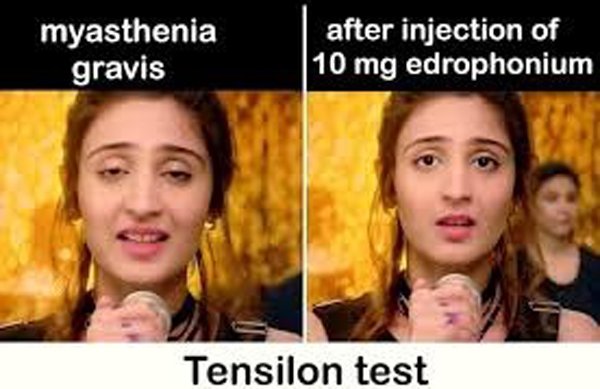
Another exam that can be used to diagnose issues such as droopy eyelid is the Tensilon test.
Your doctor may inject a drug called Tensilon, known generically as edrophonium, into one of your veins. You may be asked to cross and uncross your legs or stand up and sit down several times.
Your doctor will monitor you to see if the Tensilon improves your muscle strength. This will help them determine whether a condition called myasthenia gravis is causing the droopy eyelid.
4. Eyelid Strengthening Exercises:
If aging and a decrease in muscular strength causes ptosis, doing special exercises for the eyelids can tone down the droopiness and improve the overall appearance of the eyes. To exercise:
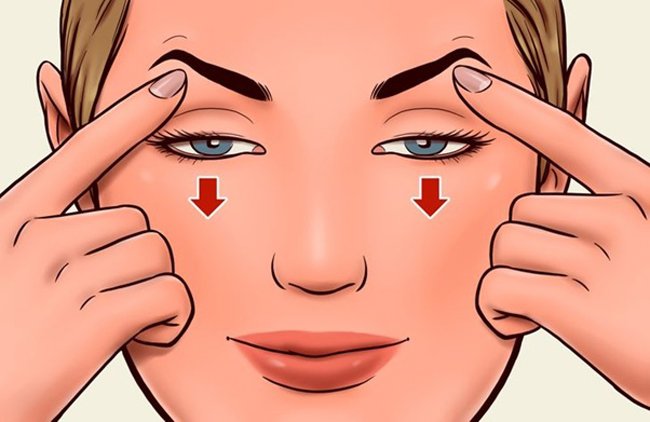
1. Shut both of your eyes and keep a finger on the base of the eyelid.
2. Try to open your eyes as much as possible.
3. Repeat this exercise almost 15 times.
If that doesn’t work, try standing in front of the mirror. Put an index finger on the upper part of the eyelids or the lower area of the eyebrows. Raise the fingers up against the brow bone and close both eyes. Blink your eyes a few times and squeeze the eyes shut for a few seconds. Repeat this exercise almost ten times a day.
5. Ptosis crutch:
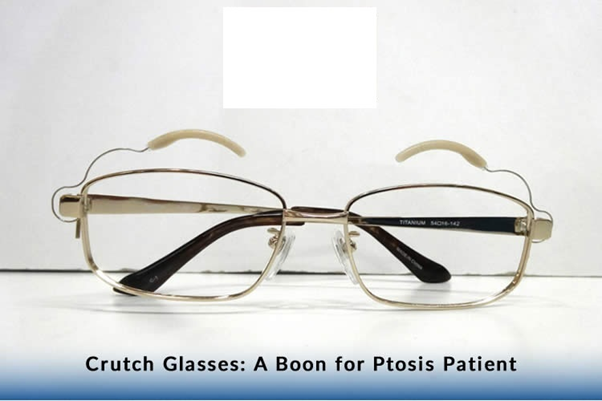

The ptosis crutch is a nonsurgical option that involves adding an attachment to the frames of your glasses. This attachment, or crutch, prevents drooping by holding the eyelid in place.
There are two types of ptosis crutches: adjustable and reinforced. Adjustable crutches are attached to one side of the frames, while reinforced crutches are attached to both sides of the frames.
Crutches can be installed on nearly all types of eyeglasses, but they work best on metal frames. If you’re interested in a crutch, consult an ophthalmologist or plastic surgeon who works with people who have ptosis.
How is droopy eyelid treated?
The treatment for droopy eyelid depends on the specific cause and the severity of the ptosis.
If the condition is the result of age or something you were born with, your doctor may explain that nothing needs to be done because the condition isn’t usually harmful to your health. However, you may opt for plastic surgery if you want to reduce the drooping.
If your doctor finds that your droopy eyelid is caused by an underlying condition, you will likely be treated for that. This should typically stop the eyelids from sagging.
If your eyelid blocks your vision, you’ll need medical treatment. Your doctor may recommend surgery.

Glasses that can hold the eyelid up, called a ptosis crutch, are another option. This treatment is often most effective when the droopy eyelid is only temporary. Glasses may also be recommended if you aren’t a good candidate for surgery.
What’s the long-term outlook for people with ptosis?

Eyelid drooping isn’t usually harmful to your health. However, if your eyelids block your vision, you should avoid driving until the condition has been treated.
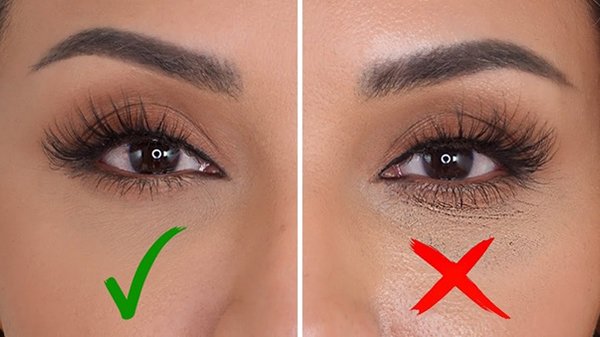
Your long-term outlook will depend on the cause of the droopy eyelid. Most of the time, the condition is just a cosmetic issue. However, since droopy eyelids can sometimes be a sign of a more dangerous condition, always consult your doctor first.
Natural Remedies for Ptosis
Discovering natural remedies is easier on your body. Though they are not a quick fix, they conform to the natural flow of your body. Regarding nutritional treatments, you should consult with your healthcare provider first before trying any new supplement. Here are some to consider before surgery:
1. Acupuncture:
If the cause of ptosis is Bell’s palsy, a neuromuscular condition or a stroke, then the use of acupuncture may help. The acupuncturist will place the needles on the scalp and facial muscles to stimulate the muscles present in the face. This treatment is long term, and it may require you to visit the acupuncturist twice a week for a couple of months.
2. Tea Bag Eye Compress:

To help with the symptoms of ptosis due to inflammation and ease the discomfort, soak some tea bags and cool them to room temperature. Squeeze excess tea out of the tea bags and place the bags on the eyes. Be careful to put some towels behind the head to prevent clothes and bedsheets from getting stained.
3. Vitamin B12:

Vitamin B12 is an essential nutrient for the proper functioning of neuromuscular tissues. If you are a vegetarian, then you may be deficient in this vitamin. If you cannot consume meat, then try taking supplements to overcome the deficiency. To increase the intake of this vitamin in your diet, consume wild-caught animals like salmon, tuna or mackerel.
.jpg)

{{r.reply}}
Your comment was submitted for review. It will start display once it was approved by Admin
Comments